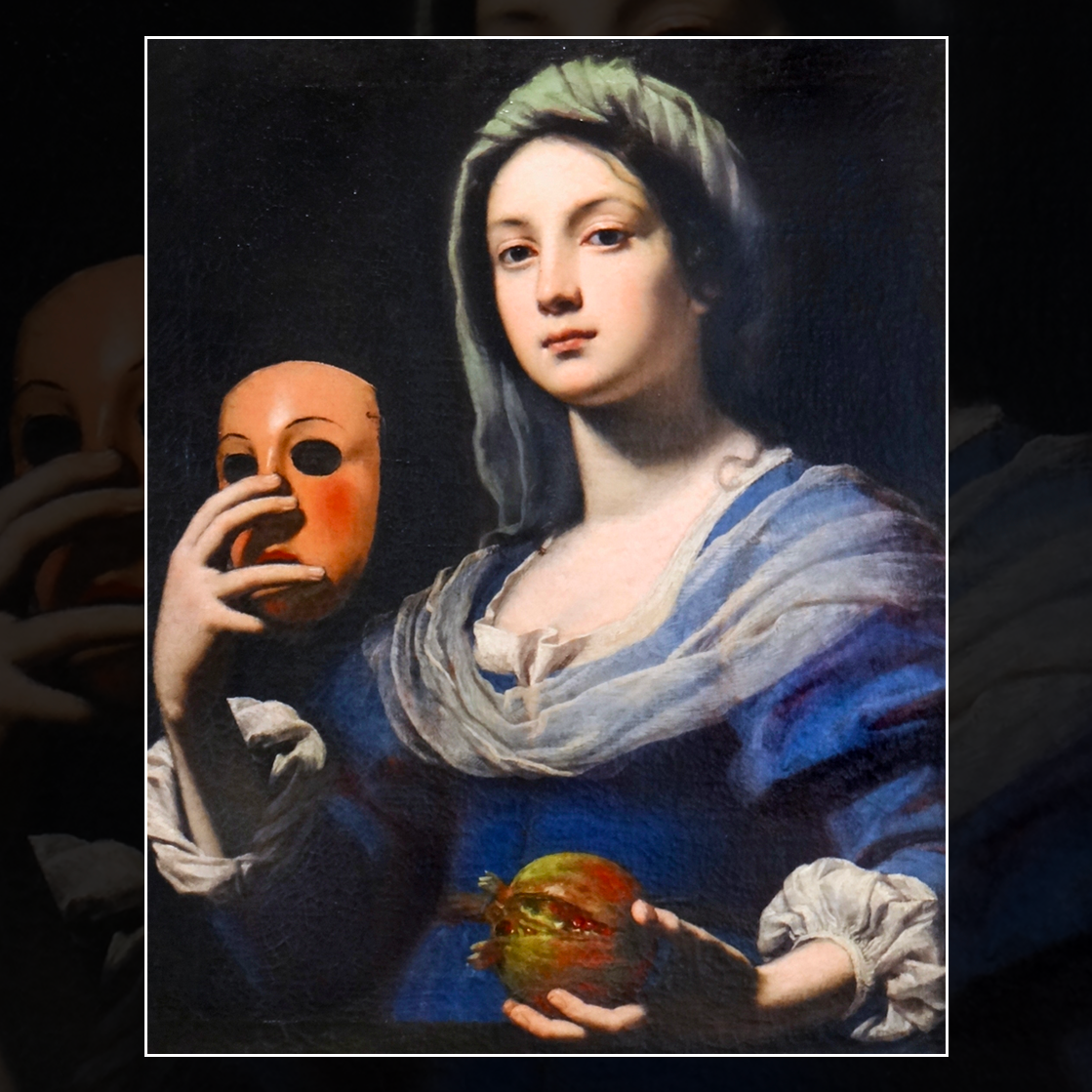3 lessons learnt as a buyer
Discussion Matters.
Louis Charles Moeller (1855 - 1930)
Tea Time, Oil on canvas
The assessment of the object, especially those brought in by private individuals, includes to analyze its different physical characteristics but also to inspect something more spiritual, the story behind the object.
The “environment” of the object that is presented to me is something I do value - probably now as much as the physical item itself - and the only way to discover about it is to engage in a direct and sincere conversation with its owner.
This first step of a negotiation, which from the outside may seem frivolous, is actually necessary before coming up with any judgment regarding the actual item and its value. Conversing with the seller helps me understand what is the link between him and the object, for which reasons it is now time to let it go and, more importantly, why it was originally purchased and how it lived overtime.
I do believe that a short but good conversation with the seller of an object should enable to retrace its life, understand the sentimental value linked to it and eventually value it in a way that will match its owner expectations. Conversation is also crucial to avoid wrong decision making and mistakes. Sometimes everything seems fine until a small detail about the story behind the object told by its owner doesn’t feel right which becomes a warning sign that caution should be applied even more.
Even though I do not like to ask the owners directly “what amount do you want to sell your item for ?”, as most people anyway won’t reply to this question (for obvious reasons !), asking other well chosen questions during a conversation should bring me the answer to the “how much ?”interrogation in an indirect manner.
Guard Always Up.
Lorenzo Lippi
Allegory of Simulation, Oil On Canvas, Circa 1640
Whether the item I am checking is worth 100€ or 10,000€, whether the customer is new or sold me 100+ genuine items in the past, whatever the person outside appearance, I have come to learn that caution should always be applied with the same importance, especially in this field where a small mistake can be very costly.
I try to keep my guard always up, regardless of the person in front of me and the experience I have had in the past with her, even though I admit that it is not always easy as confidence is such a natural feeling that is difficult to reject. Over the past couple years I have noticed that it is often when we do not suspect danger that it arises, when everything seemed correct at first glance.
As a conclusion, trust shouldn’t be excluded from the interaction between the seller and buyer but it needs to always be mixed with some sort of verifications, the tendency to err on the side of caution and trusting the gut feeling.
The Effort Remains The Same.
Charles LE BRUN (Engraver Etienne PICART)
Study of a man carrying a huge laundry package, 17th century
© Yves Bresson/Musée d'art moderne et contemporain de Saint-Étienne Métropole
I have seen people taking a 20min reflection and calling 2 people for advice before selling a 200€ bag while other people selling a 15,000€ watch within seconds after the proposal and not thinking about it twice. These experiences made me realize that the value - as much as the beauty - of an object is really in the eye of the beholder and what defines it is probably more of the story behind it and the emotional attachment than the financial value.
At the end of the day, whatever the monetary value of the item, the history linked to it plays a huge role in deciding for its owner to let it go or not. I won’t blame a seller for taking time to take the right decision or bargaining to get a better deal as I don’t know what they are going through right now and what this object means to them.
As a result, I understand that every customer and deal should be treated the same way as it will acquire the same process and amount of effort, the financial value being secondary.




